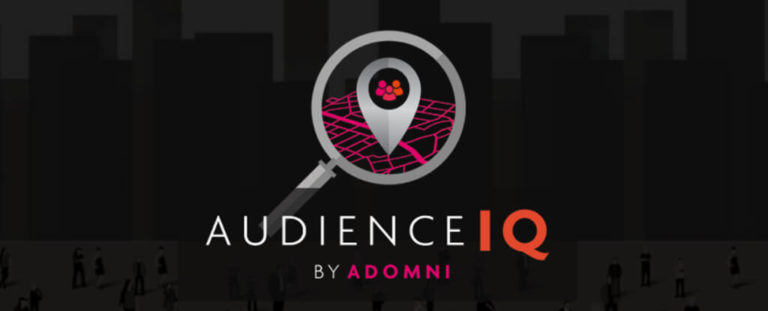Adomni’s Jonathan Gudai on the road from real estate to out-of-home advertising
Published: June 4, 2019

Another summer is upon us, and with it, as 100 million Americans head out on some kind of vacation, come all sorts of opportunities for advertisers to reach consumers outside the home. On -- and beyond -- the billboards lining the highways that connect these consumers' destinations of choice, there is signage in bars, in airport lounges, in and on taxis, at gas stations, and so on.
Although a fair amount of the current conversation about out-of-home advertising concerns out-of-home TV measurement, marketers shouldn't be forgetting about all those screens in consumers' lives, says Jonathan Gudai, CEO of digital out-of-home (DOOH) ad-buying platform Adomni. "Out-of-home isn't just in your car or when you're out walking around," Gudai says. "It really is your entire life outside the home."
Speaking of billboards and beyond, how did we get here? And what's the future of this DOOH world? "If you really wanted to, you could say out-of-home goes all the way back to Egyptian hieroglyphs," Gudai asserts. He's not joking. The ancient Egyptians were the first known civilization to display public notices 4,000 years ago.
Outdoor displays have come a long way since then. With the surge in availability of the electrical current came the electric sign in 1882. With the rise of the automobile came billboards -- hand-painted at first before transitioning to printed vinyl, and growing ever larger. Public transit in major cities also proved fertile ground for advertisers, first on buses, then on bus shelters. Then the LED revolution and internet connections forever altered the OOH landscape, turning any screen into a potential ad space.
Adomni is steeped in the lore of out-of-home, back to the Burma Shave days. (Look it up, whippersnappers.) The modern out-of-home ecosystem is so much more than stationary images, or even a series of rotating images, though. "It's no longer just real estate," Gudai says. "It's media." That means full, high-definition video and ads that can be changed depending on the time of day or the weather. It also means being able to buy according to your desired audience, even beyond just "people who are at gas stations."
For example, Adomni has partnered with a company called PlaceIQ to bring data to a process that, in the past, relied mostly on gut feelings. Who are the people most likely to drive past here? Visitors on the way to and from the airport? Sure, here's $10,000. But with PlaceIQ, Adomni can give you a demographic breakdown, taking the guesswork out of audience-based buying.
Getting back to the definition of out-of-home, Adomni's network of more than 75,000 screens across the U.S., Canada, Australia and Europe (thanks to partnerships with heavy hitters like ClearChannel and Lamar) includes not just billboards, but jukebox displays, salon and coffee shop displays -- even the screens on the other side of registers. Each of these screens has a different type of average consumer; though, as Gudai points out, there's also a high degree of commonality. We are all people, after all (and most of us enjoy those summer vacations, for example).
Consequently, the process of buying this media can often be a far more complex task than putting together even the most Byzantine road trip. In fact, when putting together Adomni's services, Gudai and his partners looked at services that were making it much easier for consumers to book those summer vacations -- services like OpenTable and Airbnb. Why not create a service that made it as easy to rent slots on a billboard as it was to rent a lake house for a weekend? "We wanted to make it so that people could do this on the subway, on the way to work," Gudai explains. And so they did, making it about as easy as finding the perfect house for a bachelorette weekend. You can put in established parameters, like certain times you want your ad to be seen, how frequently you want it to be seen and what kinds of people -- bar frequenters, lunch-goers -- are most likely passing by.
Like Airbnb, you can see a map of the location of your chosen screen and photos of it; literally just drag and drop your creative into the app or use their templates to create an ad in there. Perhaps most importantly, you can see the pricing: how much each impression costs, what your cost-per-thousand is and how many impressions your budget will get you.
"That transparency and ease was so important for us," Gudai says, that they ran a special for Valentine's Day -- anyone could buy 10 minutes of time on a screen for $10 to send a message to a loved one. That inventory sold out quite fast.
Just as Airbnb enables homeowners to monetize unused real estate, Adomni provides the same service, particularly for smaller, more local owners. "We're connecting people in the same way," Gudai says.
To get the latest updates on out of home advertising, digital marketing and technology, follow us on:
Or sign up for our newsletter.


